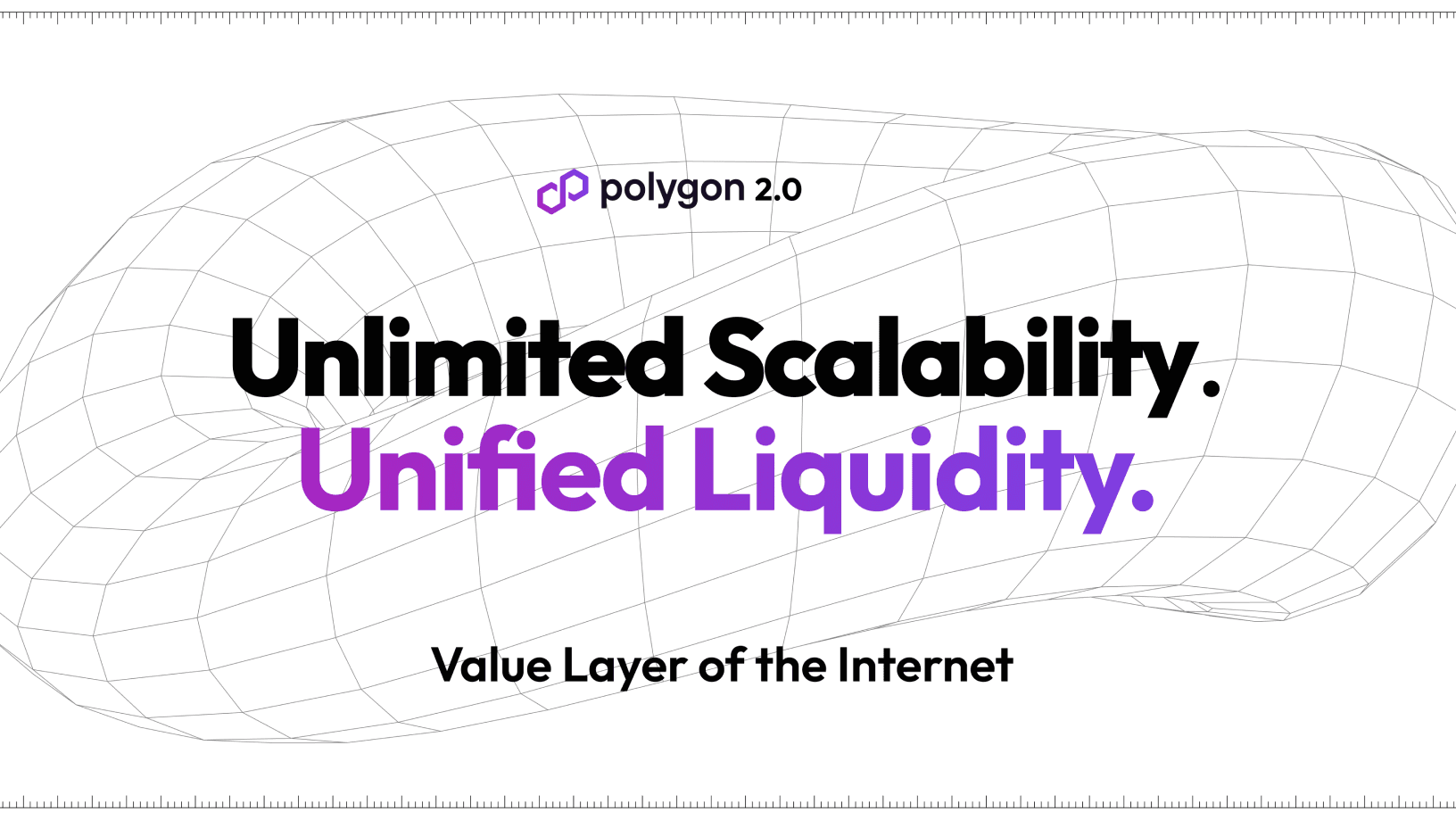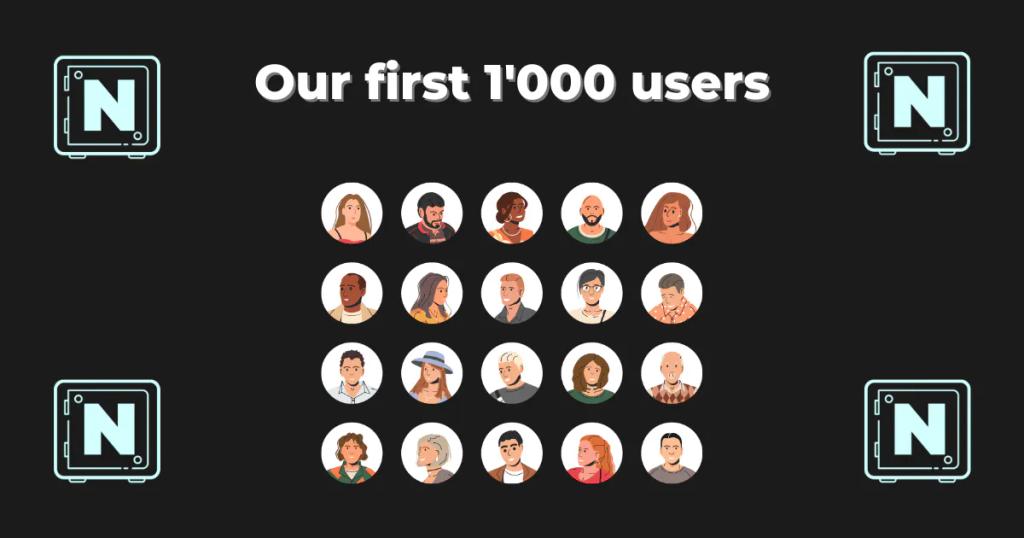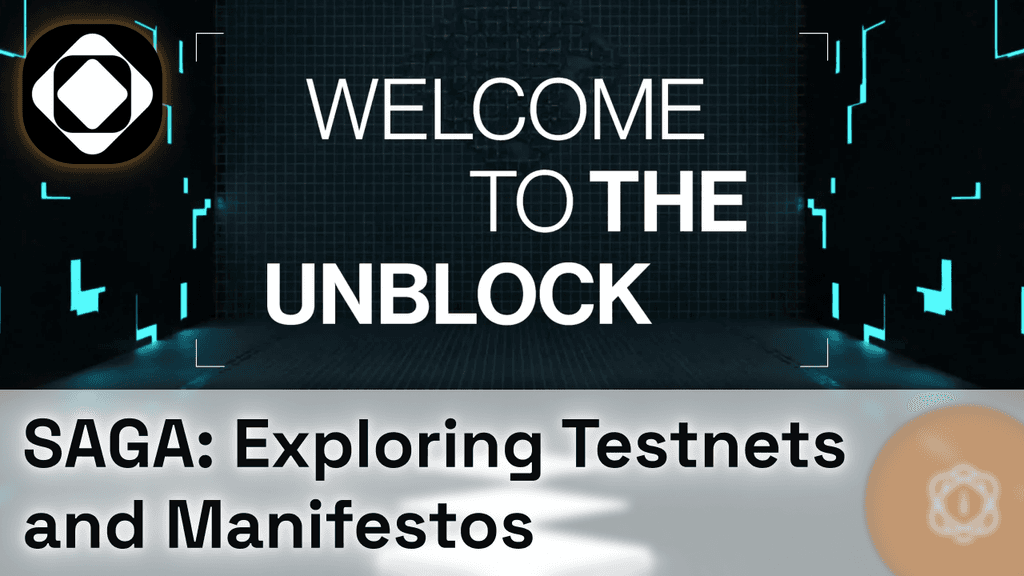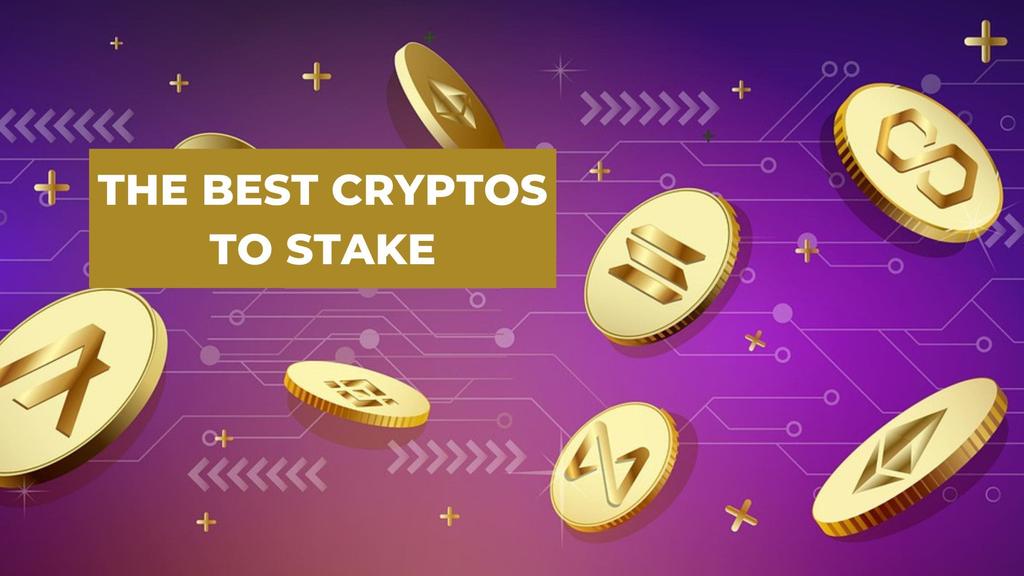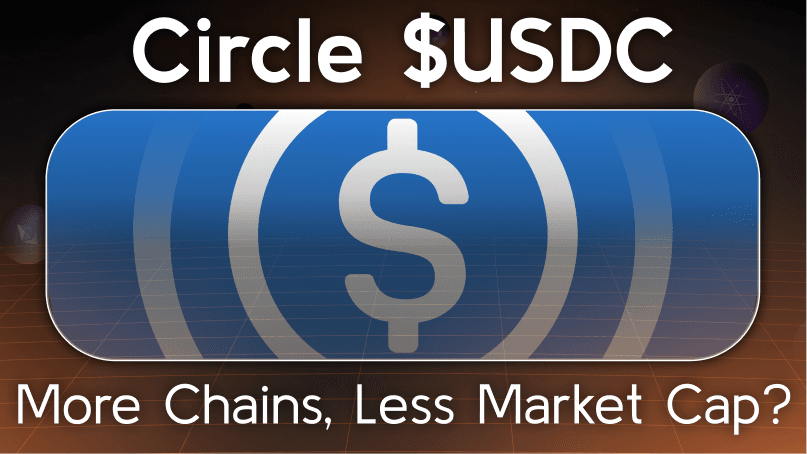Introduction
Polygon, a leading Ethereum scaling solution, has announced a significant update to its platform, known as Polygon 2.0. This update includes a rebranding of their native token from $MATIC to $POL, marking a new chapter in the platform’s journey. This article aims to provide a comprehensive overview of this update, its implications, and what it means for the Polygon community.
The Transition from MATIC to POL
As part of the transition to Polygon 2.0, the founding team has proposed an upgraded token called POL, which will replace the existing MATIC token. The proposal, outlined in a comprehensive white paper by a group of Polygon founders and researchers, introduces POL as a third-generation native asset, characterized as a hyperproductive token. This means that POL enhances the functionality of native tokens by allowing validators to validate multiple chains and enabling each chain to offer multiple roles and corresponding rewards to validators.
The migration process from MATIC to POL is intended to be seamless, with token holders required to send MATIC to an upgraded smart contract, which will automatically convert it into the equivalent amount of POL tokens. Polygon Labs has assured token holders that they will have ample time, potentially four years or more, to complete the migration.
The Utility of POL
The POL token is designed to be a multipurpose token that can be used to validate multiple chains. This includes all Polygon-based networks, including the main Polygon blockchain, the Polygon zkEVM network, and various supernets. This upgrade brings several potential benefits to the ecosystem. One of the key advantages is improved ecosystem security, achieved through the participation of a highly decentralized pool of Proof-of-Stake (PoS) validators. This approach aims to enhance security, resilience, and neutrality across all POL chains, as validators are incentivized to secure as many chains as possible.
The utility of POL revolves around aligning and incentivizing validators to perform useful work. If the upgrade proposal goes through, the redesigned protocol architecture will introduce features such as infinite scalability and no friction between any two protocols.
The Migration Process
The migration from $MATIC to $POL is designed to be a seamless process. For self-custodying MATIC holders, the migration would require a simple action – a swap from MATIC to POL, using a swapping smart contract that should be created for that purpose. The swapping contract should accept MATIC from any address and return the equivalent amount of POL to the same address.
For MATIC holders who keep their tokens with centralized crypto exchanges and custodians, the migration would normally be automatic, i.e., it would not require any action.
Every MATIC holder should be able to swap their tokens for POL, including those who have MATIC “locked” for multiple years in various DeFi or vesting contracts, or the uninformed holders who find out about POL at some point in the future. For this reason, the migration should be allowed to happen during a prolonged period of time (e.g., 4 years), if not indefinitely.
The migration should be voluntary, i.e., it cannot be forced. However, if POL is accepted by the majority of the community as the new native token, there will be little to no reason to hold MATIC instead of POL. In this situation, it is reasonable to expect that the migration will practically be fully executed, i.e., the vast majority of MATIC will be migrated.
The Vision of Polygon 2.0
The vision for Polygon 2.0 is to create the Value Layer of the Internet. In the same way that the Internet allows anyone to create and exchange information, the Value Layer will allow anyone to create, exchange, and program value. This vision, first laid out last month, has been termed Polygon 2.0 and paints a picture of multiple Polygon-based chains, bridges, and the integration of privacy-enhancing zero-knowledge (ZK) proofs.
To realize this vision, Polygon’s infrastructure must improve. Specifically, it must become exponentially more scalable, without sacrificing security and user experience. To address this, a reimagined protocol architecture is being introduced as part of the Polygon 2.0 effort. This radical redesign turns Polygon into a network of ZK-powered L2 chains, unified via a novel cross-chain coordination protocol. The network can support a practically unlimited number of chains, and cross-chain interactions can happen seamlessly and instantly without additional security or trust assumptions.
The Staking Layer
The Staking Layer is a one-of-a-kind programmable multi-chain coordinator protocol. By orchestrating all Polygon validators and chains, it enables unlimited scalability of the ecosystem and simple, automated access to dedicated Web3 infrastructure to any Web3 project. The Staking Layer is capable of supporting a practically unlimited number of Layer 2 chains, each fully programmable both on the application and the configuration level.
Conclusion
The proposed upgrade to Polygon 2.0 and the introduction of the POL token represent a significant step forward for the Polygon platform. By enhancing the functionality of its native token and introducing a range of new features, Polygon is positioning itself as a leader in the field of blockchain scalability and interoperability. As the platform continues to evolve and adapt to the needs of its users, it will be interesting to see how these changes impact the wider blockchain ecosystem.
Please note that the information in this article is based on the proposed changes to the Polygon platform and its native token. The actual implementation of these changes may vary based on community consensus and other factors. Always do your own research before making any decisions related to cryptocurrency investments.
